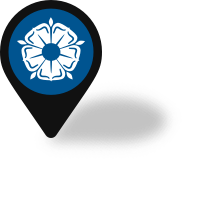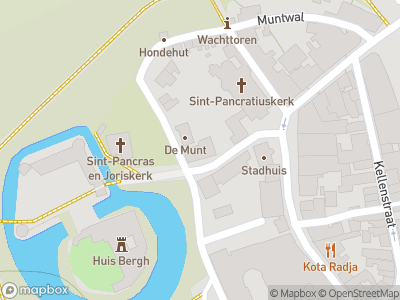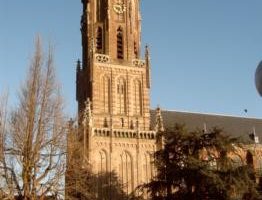Bergh Castle is one of the most impressive castles in the Netherlands, not only because of how well it has been restored or how well it has survived the tests of time, but also because of its magnificent ramparts. Nowadays, the castle is home to a unique collection of medieval art built up by the textile magnate Van Heek.
Counts of Bergh
It is believed that Bergh Castle originates from an 11th century motte-and-bailey castle that has been expanded over the centuries. Its owners, the lords of Bergh, amassed a great deal of power in the Middle Ages. The most famous descendant of the lords of Bergh was William IV, Count of Bergh, who married the eldest sister of William of Orange, Maria of Nassau, in 1556. William IV and Maria of Nassau had no fewer than 17 children. He fought on the side of the House of Orange for some time, but defected to the Catholic Spaniards.
Hohenzollern
In 1712, the County of Bergh passed into the hands of the southern German Hohenzollern-Sigmaringen family. The Hohenzollerns played an important role in European politics. Leopold Hohenzollern-Sigmaringen (1835-1905), for example, was not only the count of Bergh but was also nearly chosen as the King of Spain. His son Ferdinand became King of Romania.
The Hohenzollerns did not forget the County of Bergh and in 1897, Leopold donated 51,000 guilders to build the Church of St Pancras in ’s-Heerenberg.
Van Heek
In 1912, the castle was acquired by the textile manufacturer Jan Herman van Heek of Enschede. Van Heek was a dedicated patron who used his vast wealth to promote culture and the natural environment. He had Bergh Castle restored and used it to accommodate his collection of medieval art. He subsequently donated the castle with all its possessions to the community. Some of the earliest items include a covered indoor handball court, the woodland and the flour mill in Zeddam, which still exists today. Van Heek also saved Doornenburg Castle from decline.


















